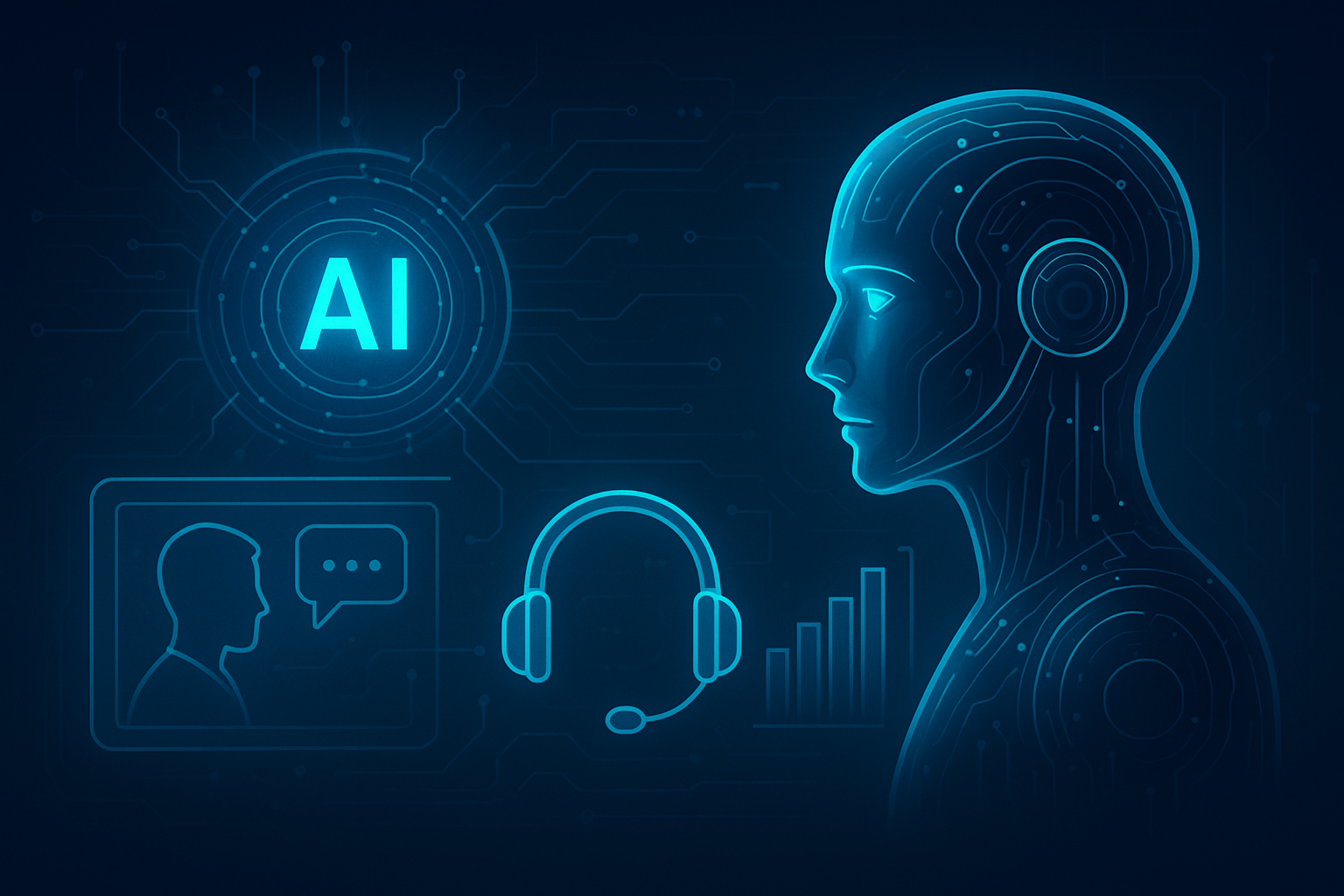Exclusive: AI Companion Takes the Next Leap in Personalised Living

Artificial intelligence has moved quickly from an abstract idea to a core part of everyday life. Over the past few years, it has become essential in how we search, work, communicate, and make decisions.
At home, however, the potential of AI is still largely untapped. The most advanced applications today are voice-based smart assistants. These tools help control lights, thermostats, and other home devices through simple commands. They are useful for basic tasks, but they are still limited and operate without awareness of context, mood, or behaviour.
by Talal Debs, Co-Founder & CEO, Syncrow
I believe the next big shift in AI is seeing it not just as a helper, but as a companion. An AI companion learns about you, senses your needs, and supports your routines – often without needing to be asked. While this may still sound like a futuristic concept, I think its reality and widespread use could arrive sooner than we expect.
The State of Smart Home Assistants
Smart assistants are becoming a regular part of daily life in many households in the region. In the UAE and Saudi Arabia, interest is especially high. Recent data suggest that Alexa users in both countries interact with the assistant an average of 14 times per day, with turning off lights being one of the most common commands (around 24 million times in 2023 alone).
These numbers highlight a strong and growing demand to interact with technology in a natural, human way. People are clearly ready to bring AI into their daily routines. However, even with frequent use, most assistants today are still limited to basic commands.
When ‘Smart’ Isn’t Smart Enough
Despite how often people use them, today’s smart assistants are still far from being truly intelligent. Most interactions are prompt-based, meaning the assistant only responds after the user initiates something. It never takes the first step. The recommendations it offers are usually generic, with little understanding of the person’s habits or preferences. There is also no emotional awareness, so the system cannot sense when someone is stressed, tired, or simply in need of support.
What they do offer are basic actions. They can switch on a light or start a playlist, but they do not understand why that action matters in the context of a person’s day. They also lack awareness of location and the user’s current environment. Without that context, ‘smart’ speakers remain limited in what they can offer, serving more like remote controls than intelligent partners in daily life.
Introducing the AI Companion
The AI companion is different. It is designed to understand routines, emotional states, and context. Instead of waiting for instructions, this system recognises patterns and suggests actions based on what it learns. For example, if someone often comes home feeling tired after work, the companion might lower the lights, play calming music, and adjust the room temperature for comfort. These small but thoughtful actions make a real difference.
An AI companion follows users from home to office and back. It helps manage transitions and routines across locations. It is not limited to a single environment. Over time, it learns preferences, adapts to changes, and becomes more in tune with the person it supports.
The AI companion offers more than just basic features. Thanks to proactive intelligence, it can step in and help. The AI companion can also pick up on changes in your mood and respond in a way that feels more human. At the same time, it never takes action on its own: Every suggestion and adjustment is made with the user’s approval first, ensuring they remain fully in control.
Context-aware automation helps it adjust settings based on the time of day, location, or activity. It enables what I call a ‘touchless experience’, making adjustments in the background, without disrupting the rhythm of the user’s day. And because it’s based on advanced AI modules, the companion gets better over time by observing habits.
Supporting Wellness at Home and Work
One of the most promising aspects of the AI companion is its ability to improve wellbeing. It can monitor indoor air quality, suggest better lighting for focus or relaxation, and provide reminders for breaks or hydration.
These features matter even more today, as people have become increasingly aware of their health, especially in the years following the pandemic. There is now a greater focus on creating environments that support both physical comfort and mental clarity, whether at home or at work.
By adjusting conditions based on emotional and physical signals, the AI companion becomes a quiet presence that supports health and comfort. It does not intrude, but is always there, watching out for the user in subtle ways.
The AI Companion Is Closer to Reality Than We Think
Moving forward, any development of an AI companion prototype must be based on these principles. It should bring together emotional understanding, proactive behaviour, and intelligent integration across home and work environments. Its design must put people first – learning without being invasive and blending into the user’s day without being disruptive.
And, from experience, it must also bring together the power of AIoT (Artificial Intelligence and the Internet of Things) and integrate it with every aspect of the living and working environment, blending intelligence, comfort, and adaptability in a way that feels natural to the user.
Looking Ahead
As more homes become connected, the need for smarter and more thoughtful technology will continue to grow. The AI companion represents a shift from technology that reacts to technology that understands. It is built on empathy, presence, and learning. This model offers a better way forward, one that enhances everyday life without demanding more from the user.








